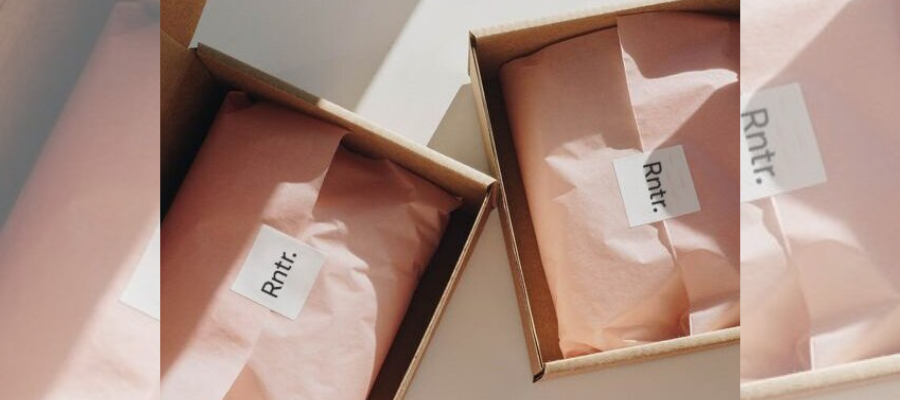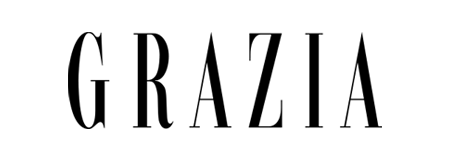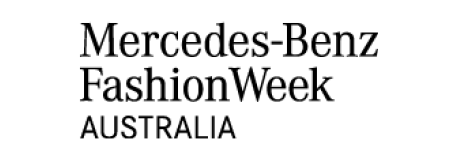Whilst the relationship between fashion and the environment has become a hot topic, there is increasing confusion about what Sustainable Fashion actually means. This leaves a lot of room for misinformation and many cases of greenwashing. What’s ‘greenwashing’ you may ask?
Luckily, we have broken down the most used sustainable fashion jargon (including greenwashing) in this handy little Glossary Guide. Read on to arm yourself with the knowledge to become a sustainable fashion champion.
1. Sustainable Fashion
Sustainable fashion refers to a more environmentally friendly approach to the design, manufacture and consumption of clothing and textiles. A sustainable fashion brand will create garments with the aim to cause little to no harm on our earth and find ways to use as little finite resources as possible to do so.
Sustainable fashion also focuses on extending the life of clothing (via repairing or upcycling), using recycled materials and engaging in Ethical Fashion practices.
2. Ethical Fashion
Slightly different from Sustainable Fashion (but often used together), Ethical Fashion focuses more on the social impact of fashion. Meaning the “morally right” way to produce fashion, Ethical Fashion encompases a wide range of issues for the garment workers such as living wages, workers rights, working conditions, health and safety, forced labour and child labour. Ethical Fashion usually also includes vegan and cruelty-free fashion.
Fashion Revolution focuses on supporting consumers who want to become more informed about how their clothing is made. Their annual ‘Fashion Revolution Week’ (April 20th – 26th) encourages people to ask their favourite brand #whomademyclothes on Instagram.
3. Fast Fashion
Just like fast food, the term Fast Fashion describes trend-driven clothing that is produced quickly and in an inexpensive way. These Fast Fashion brands focus on profit and are associated with overproduction, waste, poor working conditions and environmental harm.
4. Slow Fashion
As an opposite to Fast Fashion, Slow Fashion is about embracing a slower and more mindful model of consumerism – shopping from need instead of want and considering quality rather than quantity. Also being more conscious of what you buy and how it will impact others (such as who made the clothing) and the environment.
5. Greenwashing
With so many brands jumping on the “eco-friendly” wagon, it’s hard to determine who is actually the real deal. Greenwashing happens when a label or brand gives a false impression of ethical or sustainable practices, usually by releasing an “eco” collection to give the impression that their entire production and brand ethos is ethical. But when the greenwashing curtain is pulled aside, the production or ethos that the consumer was led to believe may not quite be the case.
6. Deadstock Fabric
Also known as oversupply fabric, Deadstock Fabric is the excess often leftover from a discontinued line or overproduced from a textile mill that is no longer needed for production. It also can refer to garments that were never merchandised, product cancellations as well as excessive returns.
In a perfect world, this would be sold on to other mills, brands or stores, but instead, often the many yards are burned or sent to landfill. This is due to brands not wanting their logos or copyrighted prints ending up in a cheaper store or stolen.
Progress is being made in this space with brands like Dorsu and Bianca Spender utilising deadstock fabrics to minimize environmental harm.
7. GOTS (Global Organic Textile Standard)
GOTS is an international certification that limits the use of toxic dyes, bleaches and other unnecessary chemicals during the production process of textiles. This strict standard is of the highest quality and also ensures that the fabric production meets social and environmental standards.
8. Living Wage
By definition, a living wage should be earned in a standard working week (no more than 48 hours) by a worker, and be sufficient to afford a decent standard of living for them and their family. Standard living varies from country to country but generally include food, housing, healthcare, clothing, education, transportation, energy, water and small savings for unexpected events.
According to Oxfam’s ‘What She Makes’ campaign, Bangladeshi garment workers were paid as little as 39 cents an hour (around $3.60 AUD a day) in 2018. These wages signify that brands are not paying their garment workers the correct living wage and if brands were to absorb the cost of a living wage, it would cost them less than 1% of the price of the garment.
9. Circular Fashion/Circularity
Another term that is tossed around often is Circular Fashion or Circularity. Fashion currently operates on a ‘liner’ model as we take the resources to make the garment and then waste those resources in landfill – Take, Make, Waste.
Circularity is a different approach to fashion, focusing on designing and producing garments that can be repaired, remade, reused and eventually recycled and biodegraded at the end of their lifecycle.
A fantastic example of Circular Fashion is Melbourne label, A.BCH. Aiming only to create garments that can safely biodegrade or can be recycled at the end of their lifecycle, A.BCH also takes back old garments for upcycling, recycling or composting.
10. Carbon Footprint
You may have heard of brands referring to their ‘Carbon Footprint’ in sustainability reports. A Carbon Footprint is a measurement of greenhouse gasses that are directly or indirectly emitted by humans (or a fashion brand) through their actions. This includes the manufacturing processes and transportation of items that have produced greenhouse gasses during manufacture and intake of food and amenity sources. For example, a garment shipped from the US emits more greenhouse gasses than one made in Australia, as the US garment has to travel via air or ship to Australia.
Staying on top of sustainable fashion language helps us to provide a better service to those clients who are looking for more eco-friendly options in their wardrobe and can also help us stay on top of the ever-changing fashion industry.
Want to learn more about how to style sustainably? Check out our courses at Australian Style Institute.
Written by Jenna Flood, Sustainable Style Expert and Education Mentor at Australian Style Institute.
























